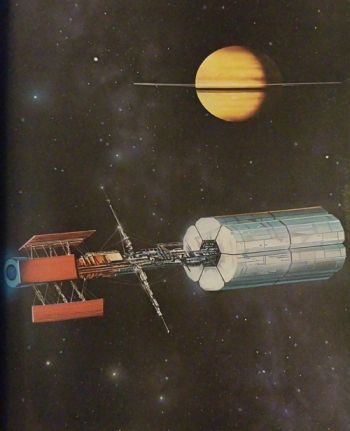Difference between revisions of "U.N.S.S. Lewis and Clark (FASA)"
From Trekipedia
m |
m |
||
| Line 12: | Line 12: | ||
[[Category:Ships & Vehicles|Lewis and Clark, U.N.S.S., (DY-500)]] | [[Category:Ships & Vehicles|Lewis and Clark, U.N.S.S., (DY-500)]] | ||
[[Category:UNSF Vessels|Lewis and Clark, U.N.S.S., (DY-500)]] | [[Category:UNSF Vessels|Lewis and Clark, U.N.S.S., (DY-500)]] | ||
| − | [[Category:Human|Lewis and Clark, U.N.S.S., (DY-500)]] | + | [[Category:Human Vessels|Lewis and Clark, U.N.S.S., (DY-500)]] |
[[Category:Books|Lewis and Clark, U.N.S.S., (DY-500)]] | [[Category:Books|Lewis and Clark, U.N.S.S., (DY-500)]] | ||
[[Category:Games|Lewis and Clark, U.N.S.S., (DY-500)]] | [[Category:Games|Lewis and Clark, U.N.S.S., (DY-500)]] | ||
Revision as of 18:50, 16 April 2019
FASA Timeline
The U.N.S.S. Lewis and Clark entered service in 2008, and was among the first ships of the Aventeur class. In 2014, the Lewis and Clark, under the command of Colonel Shaun Geoffrey Christopher, departed on the first manned mission to Jupiter, humanity's farthest journey from Earth. After reaching the gas giant, the Lewis and Clark reported in 2020 that they had discovered evidence of alien visitation. The remarkable find began to change humanity's perspective on its place in the universe.[1]
References
- ↑ Goldstein, Stan and Goldstein, Fred with Sternbach, Rick. Star Trek: Spaceflight Chronology. Pocket Books, 1980.
